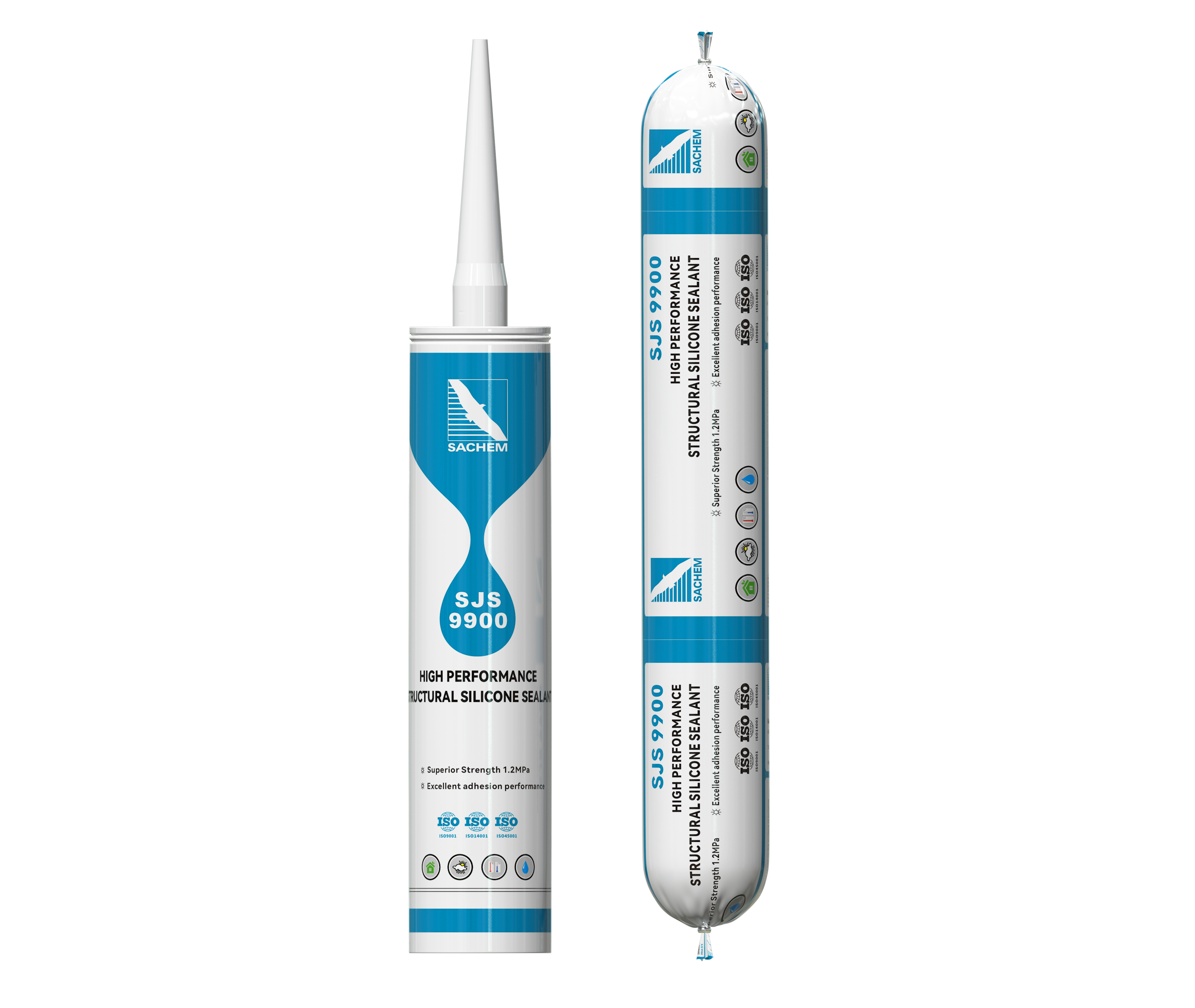Insulating glass
Insulating glass
Hollow glass, as a type of glass product with excellent energy-saving properties, has been widely used in various buildings such as commercial office buildings, large shopping malls, and high-rise residential buildings. It has become an important component of modern building energy-saving design due to its excellent thermal and sound insulation performance, as well as its combination of aesthetics and practicality.
From the perspective of structural composition, insulating glass is composed of two or more pieces of glass bonded together through spacer strips. The sealing methods are mainly divided into two categories: adhesive strip method and bonding method. Among them, the double channel sealing structure in the bonding method sealing structure has become the most widely used sealing form due to its excellent sealing performance. The specific composition of this structure is as follows: two pieces of glass are separated by a spacer strip, and the first seal between the spacer strip and the glass is completed with butyl rubber; The spacing strip is filled with molecular sieves inside, which are used to adsorb moisture and residual gases in the sealed cavity; The gap formed between the edge of the glass and the outer side of the spacer strip is sealed with two layers of sealant to ensure the overall sealing performance of the insulated glass.
1、 Silicone structural sealant for insulating glass
Silicone structural sealant is mainly used for the secondary structural bonding of hollow glass used in hidden frame glass curtain walls, semi hidden frame glass curtain walls, and point supported glass curtain walls. It plays a crucial role in the insulating glass system, effectively ensuring the structural stability of the insulating glass.
In terms of usage environment, this sealant needs to withstand long-term aging effects caused by climate factors such as ultraviolet radiation, ozone erosion, and moisture infiltration. At the same time, it also needs to continuously withstand wind loads, gravity loads, and internal stress caused by temperature differences and structural deformation.
The adhesive parts are clearly defined as the two structural sealing points of the hollow glass used for hidden frame glass curtain walls, semi hidden frame glass curtain walls, and point supported glass curtain walls.
In terms of key performance, tensile strength is the core indicator to ensure its load-bearing capacity, which is directly related to whether the sealant can resist the tensile force generated by various loads; Adhesive properties are the key to ensuring a strong bond between the sealant and substrates such as glass and spacer strips, which can effectively prevent debonding; The aging resistance determines the service life of the sealant in long-term complex environments; In addition, specific requirements for modulus and hardness enable it to have a certain degree of rigidity to maintain structural stability while also having appropriate elasticity to cushion stress impacts when subjected to internal stresses.
2、 Silicone elastic sealant for insulating glass
Silicone elastic sealant is mainly used for the secondary sealing of hollow glass used in open frame glass curtain walls and doors and windows. Its core function is to ensure the structural stability of the hollow glass. During use, it needs to withstand internal stresses caused by external environmental changes such as temperature fluctuations, humidity changes, etc.
The sealing adhesive is used at the second sealing point of the hollow glass used for open frame glass curtain walls and doors and windows.
In terms of key technical indicators, the tensile strength ensures that it will not undergo excessive deformation or fracture under stress; Adhesive properties ensure a reliable connection between the sealant and the relevant substrate, avoiding seal failure; The aging resistance enables it to maintain stable performance over long-term use; The requirements for modulus and hardness enable it to adapt to relatively mild stress environments in frame and door/window structures, while achieving sealing function and a certain degree of elastic recovery ability.







